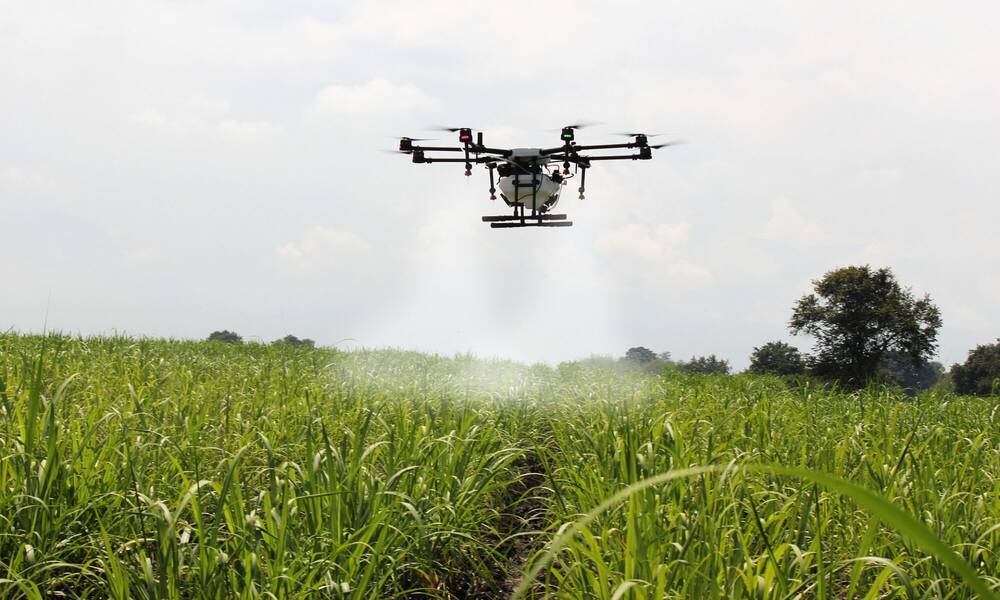Description
COURSE OVERVIEW
The common usage of the term strategic is related to the concept of strategy, simply a plan of action for accomplishing a goal. One finds both broad and narrow senses of the adjective strategic. Narrowly, the term denotes operating directly against military or industrial installations of an enemy during the conduct of war to destroy his military potential. Today, strategic is used more often in its broader sense (e.g., strategic planning, decisions, and even leadership). Thus, we use it to relate something’s primary importance or its quintessential aspect, for instance, the most advantageous, complex, difficult, or potentially damaging challenge to a nation, organization, culture, people, place, or object.
Strategy is a plan whose aim is to link ends, ways, and means. The problematic part involves the thinking required to develop the plan based on uncertain, ambiguous, complex, or volatile knowledge, information, and data. Strategic leadership entails making decisions across different cultures, agencies, agendas, personalities, and desires. It requires devising feasible, desirable, and acceptable plans for the agricultural sector and stakeholders.
Strategic leadership demands the ability to make sound, reasoned decisions, specifically consequential ones with grave implications. Since strategy aims to link ends, ways, and means, strategic leadership aims to determine the ends, choose the best, and apply the most effective means. Skills for leading at the strategic level are more complex than those at the tactical and operational levels, with skills blurring at the seams between those levels.
COURSE OBJECTIVE(S)
The objectives of this course are to:
- Provide students with an overview of strategic leadership.
- Assist with understanding the individual processes of strategic leadership and their interrelationships within individual companies.
- Introduce students to the management components of strategic leadership.
- Equip students with the tools and techniques useful in implementing strategic leadership.
- Provide an understanding of strategic leadership processes.
LEARNING OUTCOMES
On completion of the strategic leadership course, the students should be able to:
- Discuss the goal of strategic leadership and explain the impact of strategic leadership in the pharmaceutical industry.
- Discuss the management components of strategic leadership and explain their integration to deliver value in the pharmaceutical industry.
- Discuss the different strategic leadership strategies, and explain their advantages and disadvantages.
- Identify the critical strategic leadership metrics, and explain their significance in delivering the end customer needs.
- Discuss and explain the component of strategic leadership in the pharmaceutical context.





There are no reviews yet.